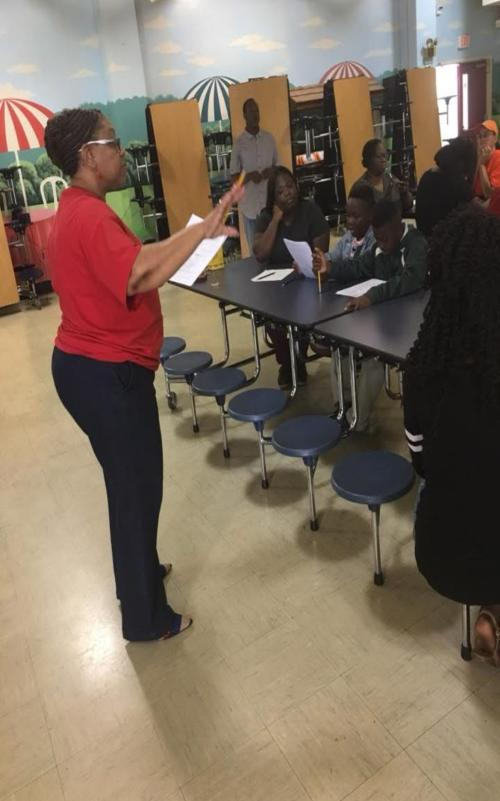We empower teachers and parents with tools, strategies, and support to help children build strong math skills and confidence at home and beyond.
We empower teachers and parents with tools, strategies, and support to help children build strong math skills and confidence at home and beyond.
• One-on-one or small group coaching
• Lesson modeling and co-teaching
• Math content and pedagogy support
• Resources for differentiation
• Virtual or in-person tutoring (Grades K–5)
• Parent workshops on helping with homework
• Math games and activities to try at home
• Guidance on building positive math mindsets at home
• Available for keynotes, conferences, and PD days
• Mindset Makeovers To Fuel Academic Success
•
• Empowering Underperforming Students with Proven Strategies
• Professional development workshops
• Data analysis and intervention planning
In a recent academic year, the impact of student-centered instructional strategies was demonstrated when 58 out of 59 of my sixth-grade students from a rural Title One School achieved met or exemplary scores on their state standardized math assessment—an impressive 98% passing rate. This outcome stands out even more due to the significant challenges of limited financial resources, higher rates of students from low-income families, and greater academic needs experienced at this Title One School. Notably, the following school term saw student proficiency grow from 50% to 85%. This substantial improvement further strengthens the argument that instructional methods attuned to how students learn best enable all learners to thrive, not just academically, but also in terms of engagement and confidence. These results serve as compelling evidence for the effectiveness of instructional strategies that are closely aligned with students’ individual learning styles. By embracing approaches rooted in constructivism and Howard Gardner’s Multiple Intelligences theory, instruction was designed to:

🎵 Music, movement, and momentum ignite lessons. Harmony and joy transform mediocrity to mastery.